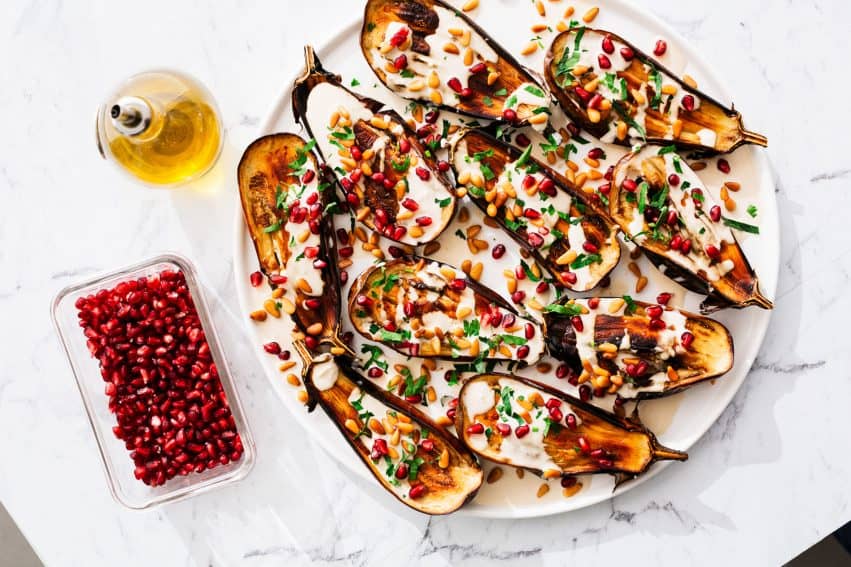
Garnishing is an art form that can transform ordinary dishes into visually stunning culinary masterpieces. While some may think garnishing is only for professional chefs, it’s surprisingly easy to incorporate into your home cooking. With a few simple techniques and a dash of creativity, you can elevate your meals and impress your guests without spending hours in the kitchen.
The key to successful garnishing lies in using fresh, vibrant ingredients that complement the flavors of your dish. Herbs, fruits, vegetables, and edible flowers are all excellent choices that offer a range of colors, textures, and aromas. The trick is to use them sparingly and strategically, allowing them to enhance the dish without overpowering it.
Fresh Herbs: The Ultimate Flavor Enhancer
Fresh herbs are a versatile and flavorful way to garnish any dish. From classic parsley and cilantro to aromatic basil and thyme, herbs add a pop of color, freshness, and a boost of flavor. To use herbs as a garnish, simply wash and dry them, then chop or tear them into small pieces. Sprinkle them over soups, salads, pasta dishes, or grilled meats for an instant upgrade. You can also use herb sprigs as a garnish by placing them on top of dishes or tucking them into the side of plates.
Experiment with different herbs to find your favorites. Some of the most popular and versatile herbs for garnishing include:
- Parsley: A classic garnish with a mild, fresh flavor that pairs well with a wide range of dishes.
- Cilantro: A vibrant herb with a slightly spicy flavor that adds a unique touch to Mexican and Asian cuisine.
- Basil: A sweet and aromatic herb that is perfect for garnishing Italian dishes, such as pasta, pizza, and salads.
- Thyme: A woody herb with a warm, earthy flavor that complements roasted meats, poultry, and vegetables.
- Mint: A refreshing herb with a cooling flavor that adds a burst of freshness to salads, desserts, and cocktails.
Creative Vegetable Garnishes: Add Color and Crunch
Vegetables aren’t just for eating; they can also be used as beautiful and edible garnishes. Thinly sliced cucumbers, carrots, radishes, and bell peppers can be arranged in creative ways to add color and texture to your dishes. For example, try creating veggie ribbons by peeling vegetables with a vegetable peeler, then curling or twisting them into decorative shapes.
Edible flowers are another stunning way to garnish your dishes. They add a touch of elegance and whimsy to salads, desserts, and cocktails. Some of the most popular edible flowers for garnishing include pansies, violas, nasturtiums, and lavender. Remember to use edible flowers sparingly, as some can have a strong flavor.



